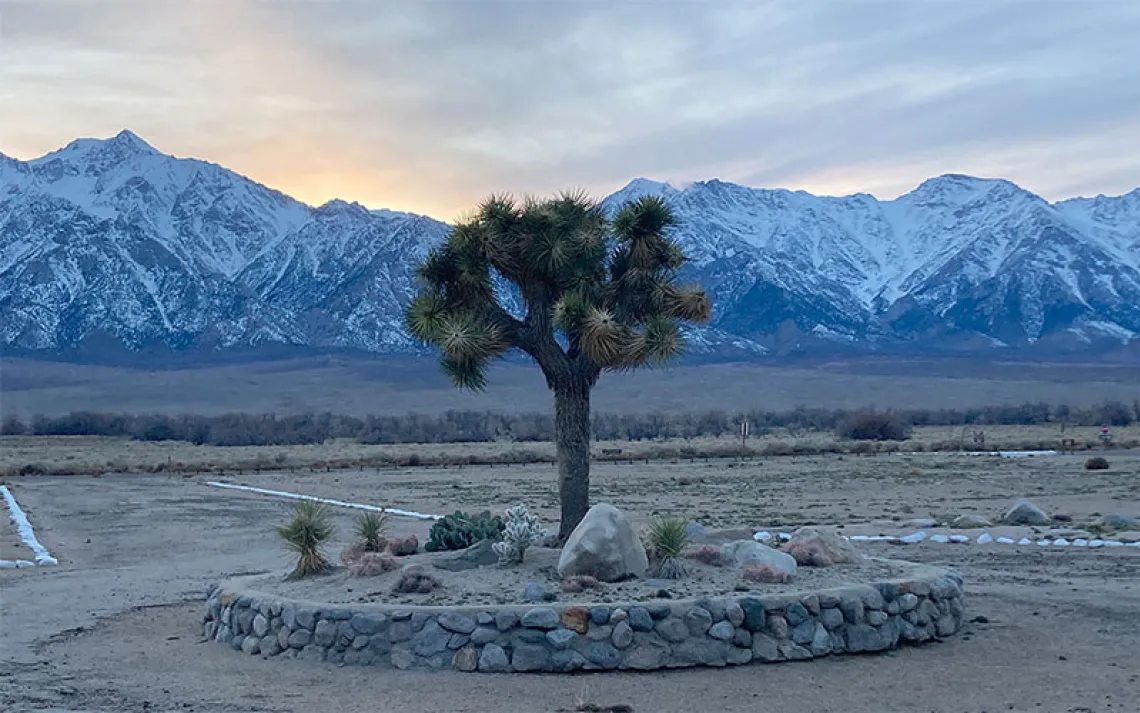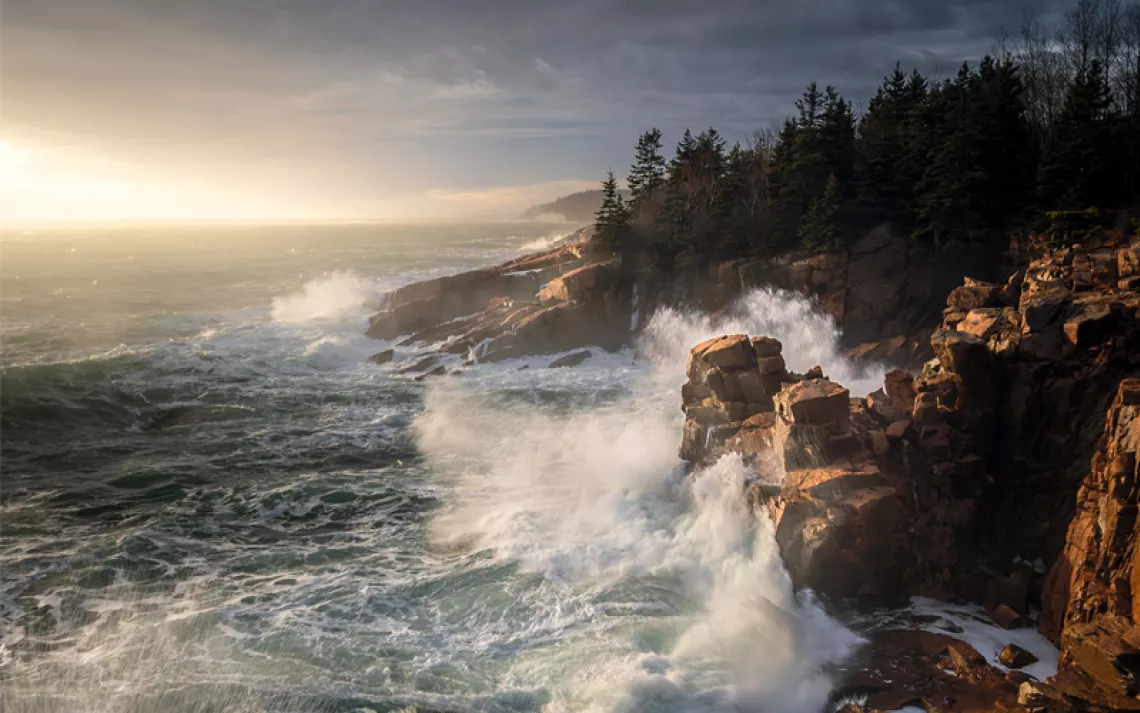President Obama Establishes New National Monuments on His Way Out of Office
Three new monuments celebrate civil rights history; two existing land and water monuments expanded

Photo by JohnInOregon/iStock
In what is likely to be one of his last conservation accomplishments before leaving office, President Barack Obama today expanded two existing national monuments in the West, and created three new national monuments celebrating the civil rights movement and African American history.
President Obama’s action increases the size of the existing Cascade-Siskiyou National Monument in southwestern Oregon—from 62,000 acres to more than 100,000 acres. Established in 2000 by President Clinton, the monument is situated at the convergence of three biologically distinct mountain ranges—the Cascades, the Klamath, and the Siskiyou—and is an area of exceptional biodiversity that includes the Soda Mountain Wilderness Area. The new protected areas lie to the north and northeast of the existing monument.
Today’s announcement marks a victory for Oregon conservationists and the state’s U.S. Senators, Jeff Merkley and Ron Wyden, who have been pushing for monument expansion. “The Cascade-Siskiyou area, where three mountain ranges converge creating a unique and spectacular landscape seen nowhere else in the world, merits the recognition and expanded protection that President Obama gave it today,” Senator Merkley said in a statement.
President Obama is also expanding—for the second time in his term—the California Coastal National Monument. While the monument is relatively small (a scant 1,000 acres of islands and offshore rocks, and another 1,600 of rugged coastline), the area provides important habitat for seabirds and marine mammals. Today’s action adds some 5,000 acres to the monument.

Sign up to receive Sierra News & Views
Get articles like this one sent directly to your inbox weekly.
With this action you affirm you want to receive Sierra Club communications and may vote on policy designated by the Sierra Club Board.
Three other new national monuments will preserve sites that were important locations for the civil rights movement.
In a statement announcing the designations, President Obama said that the new monuments “preserve critical chapters of our country’s history” and will help to “ensure that our national parks, monuments, and public lands are fully reflective of our nation’s diverse history and culture."
Sections of the Civil Rights District in downtown Birmingham, Alabama, will be protected as the Birmingham Civil Rights National Monument. The city was a flashpoint in the effort to abolish Jim Crow segregation. Among those sites that will receive monument protection is the 16th Street Baptist Church, where in 1963 a white supremacist bombing killed four young African American girls and injured 22 others.
The Freedom Riders National Monument in Anniston, Alabama, will preserve the site of another important moment in the history of the civil rights movement. On May 14, 1961, a bus carrying an interracial group of activists traveling to the Deep South to challenge segregation laws was attacked by a mob that set fire to the bus.
The Reconstruction Era National Monument in Beaufort County, South Carolina, will protect several sites that were important during that flash of time between the end of the Civil War and the removal of federal troops from the South, when freed slaves were able to briefly take political power in some places. Sites that will be preserved include the home of Robert Smalls, the first black U.S. congressman, and a site where ex-slaves heard the Emancipation Proclamation read aloud in 1863.
The statement designating the new national monuments is accompanied by a presidential memorandum calling on the major land-management agencies such as the U.S. Forest Service, National Park Service, and Bureau of Land Management to put new effort into ensuring that they are prioritizing workplace diversity and finding new ways to engage with under-served communities.
Naturally, conservation organizations were pleased by today’s announcement.
“Public lands are the embodiment of our democracy,” Sierra Club executive director Michael Brune said in a statement. “They belong to us all and are places where everyone should feel welcome. President Obama’s memorandum on diversity will help ensure these special places will better serve the diversity and interests of the public.”
The new and expanded national monuments mark the second time in less than a month that President Obama has used his authority under the Antiquities Act to protect places that boast outstanding cultural and natural resources. In December, he created Bears Ears National Monument in Utah and Gold Butte National Monument in Nevada.
Those moves angered some congressional Republicans, who say they will push to roll back Obama’s final conservation efforts. There is, however, no precedent for a president revoking a predecessor’s national monuments. While Republicans might attempt to repeal or rewrite the Antiquities Act—which has been in force since 1906—Democrats in the Senate would likely be able to stop such an effort.
 The Magazine of The Sierra Club
The Magazine of The Sierra Club



